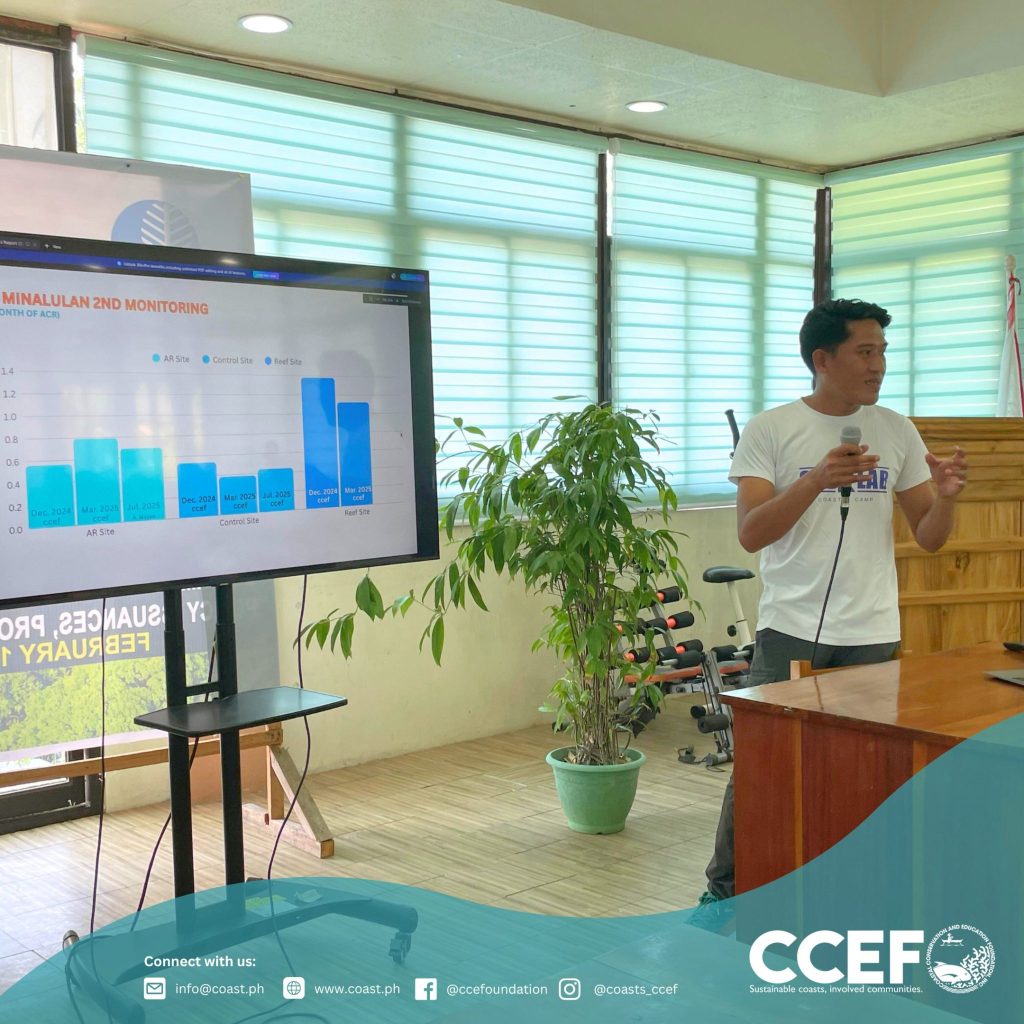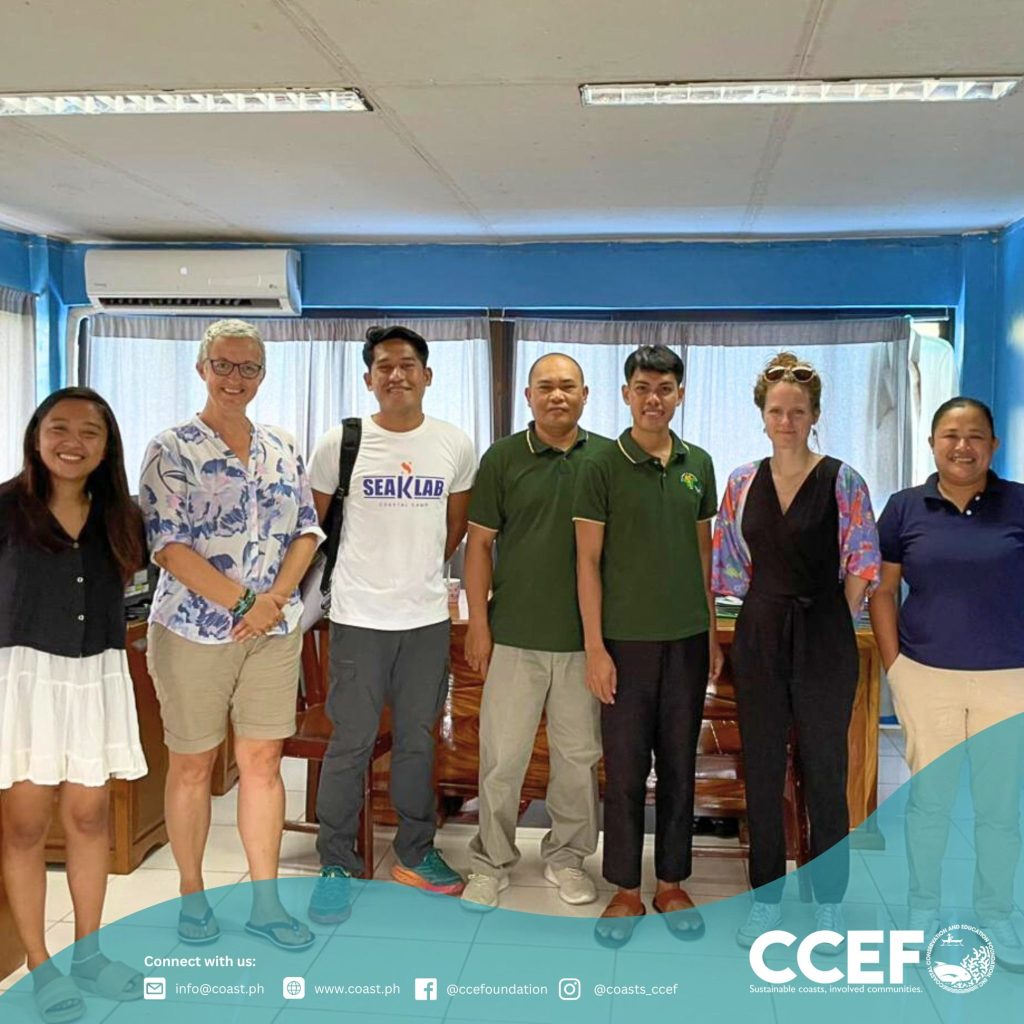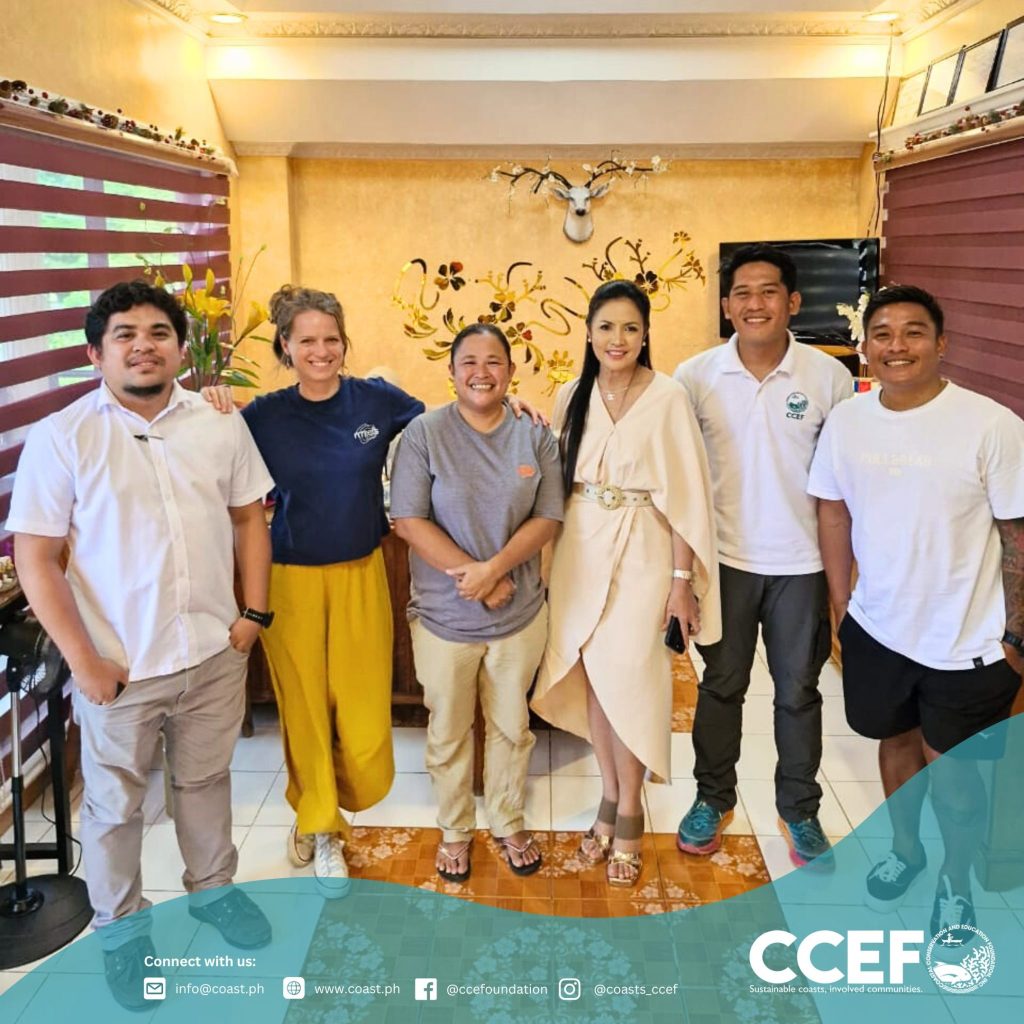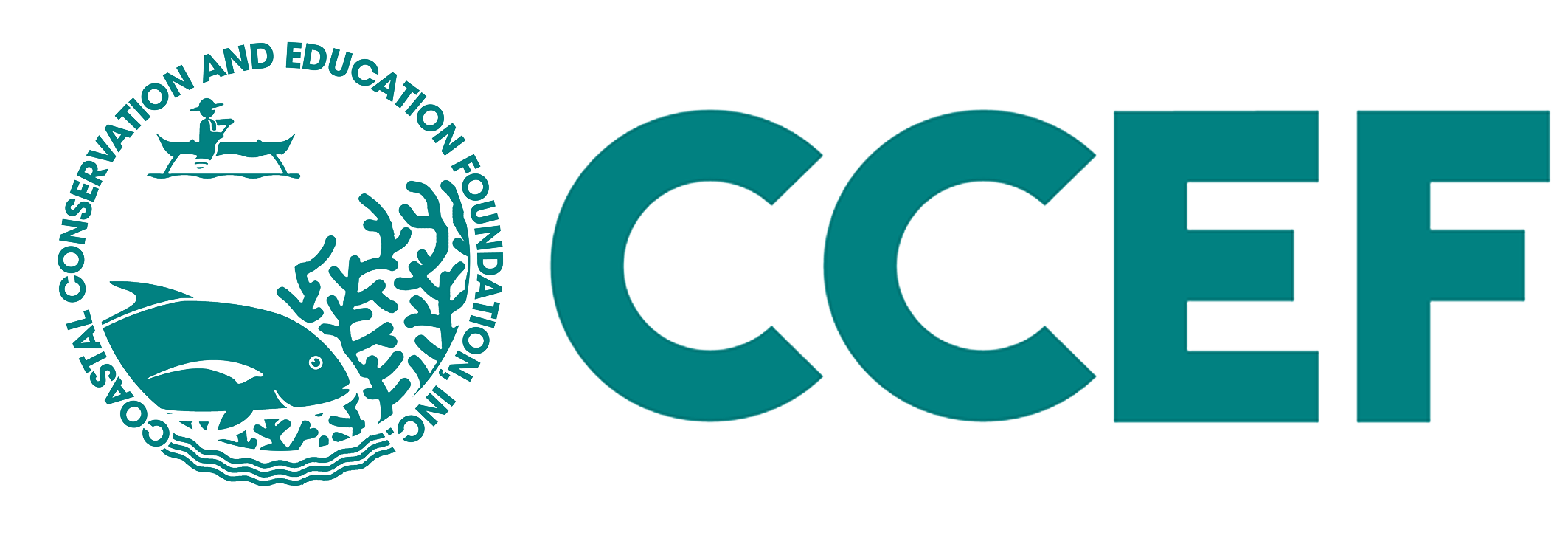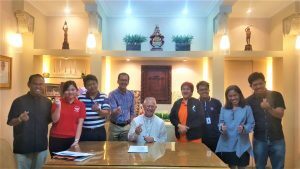July 3 to 8, 2025, Brgy. Minalulan, Maria, Siquijor – The Coastal Conservation and Education Foundation (CCEF), together with rrreefs, the LGU of Maria, Silliman University, Davao Oriental State University, BFAR-PFO Siquijor, DENR PENRO, and Brgy. Minalulan, conducted the 7th-month monitoring of the Artificial Clay Reef (ACR) deployed in the Minalulan Marine Protected Area (MPA).


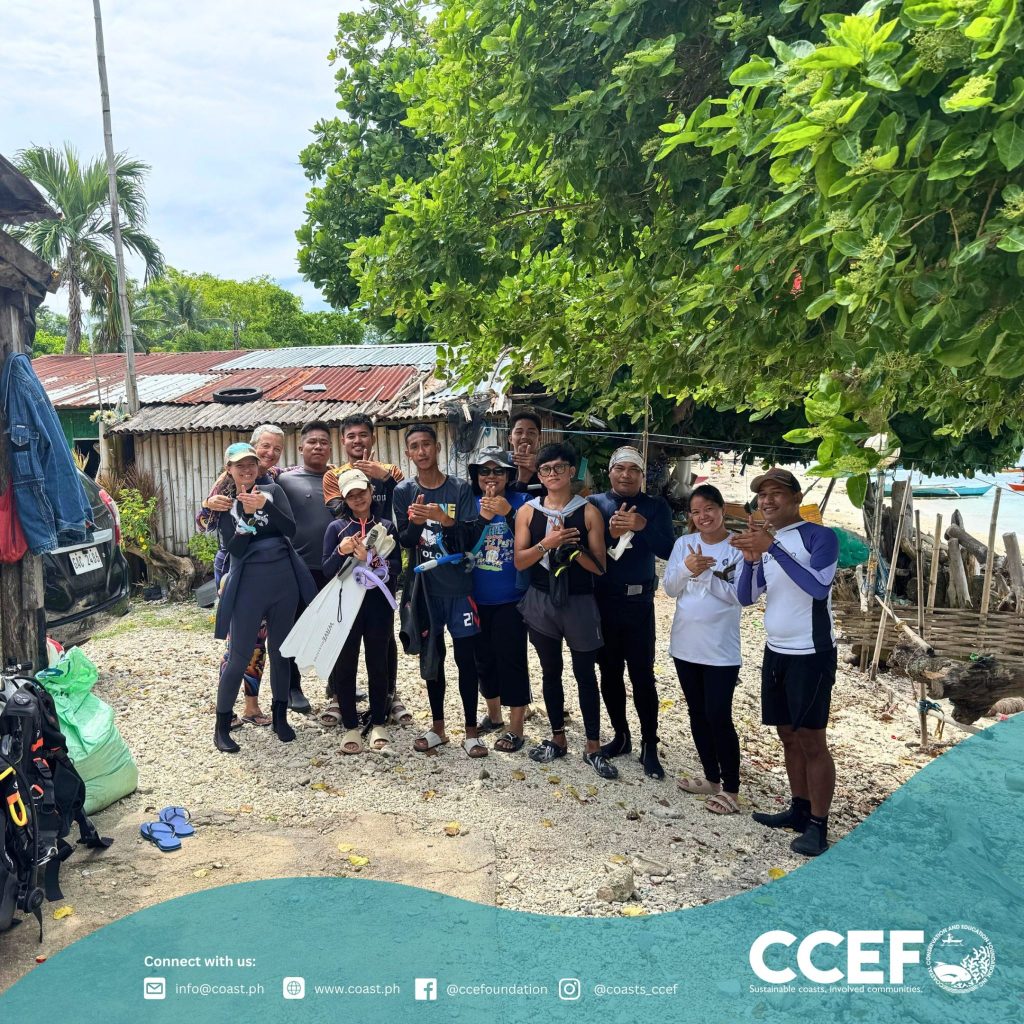
The monitoring team carried out a series of scientific assessments to evaluate the ecological progress of the ACR installation. A Fish Visual Census (FVC) was conducted using the rrreefs protocol, led by Dr. Aileen Maypa. A coral recruitment survey using UV light provided insights into settlement rates and early coral growth, while photogrammetry was used to map the physical layout and structure of the reef modules. Structural checks were also performed to ensure the continued stability and integrity of the Artificial Clay Reef setup.

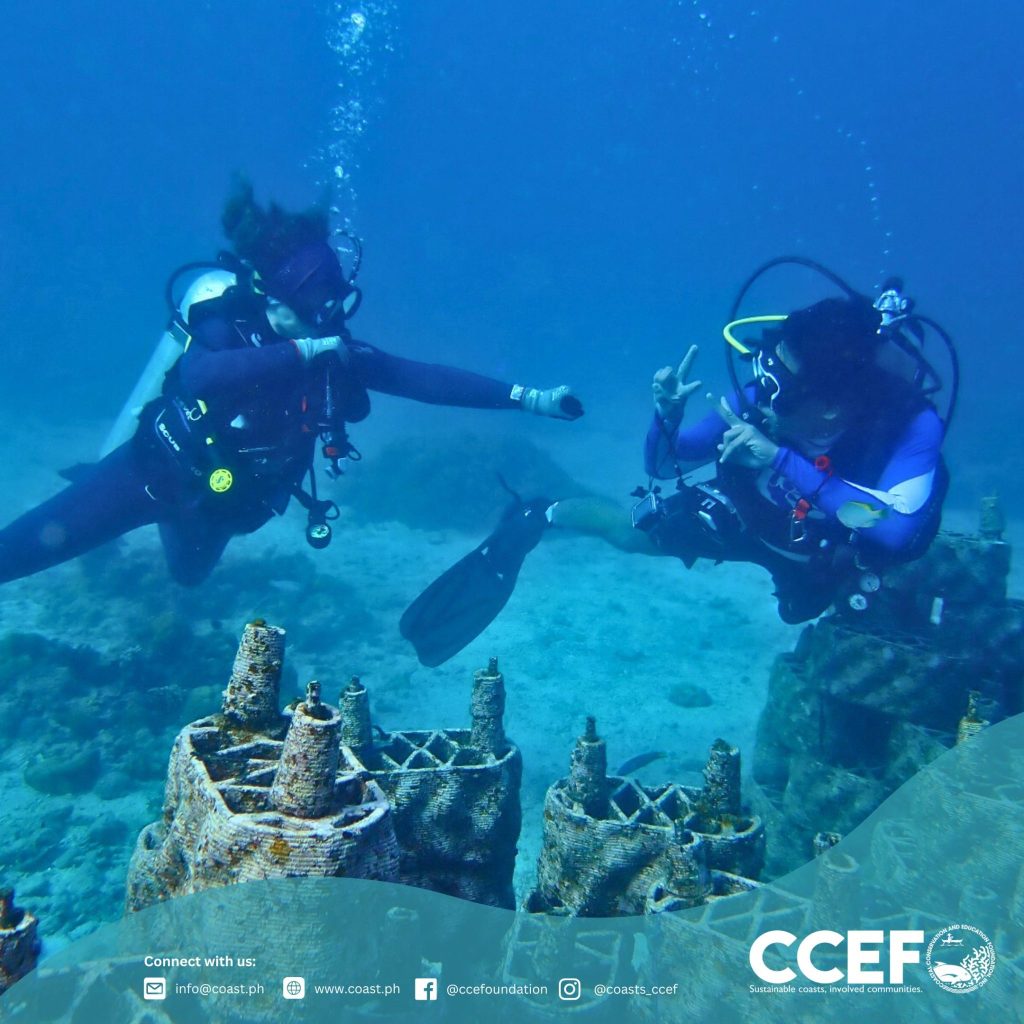

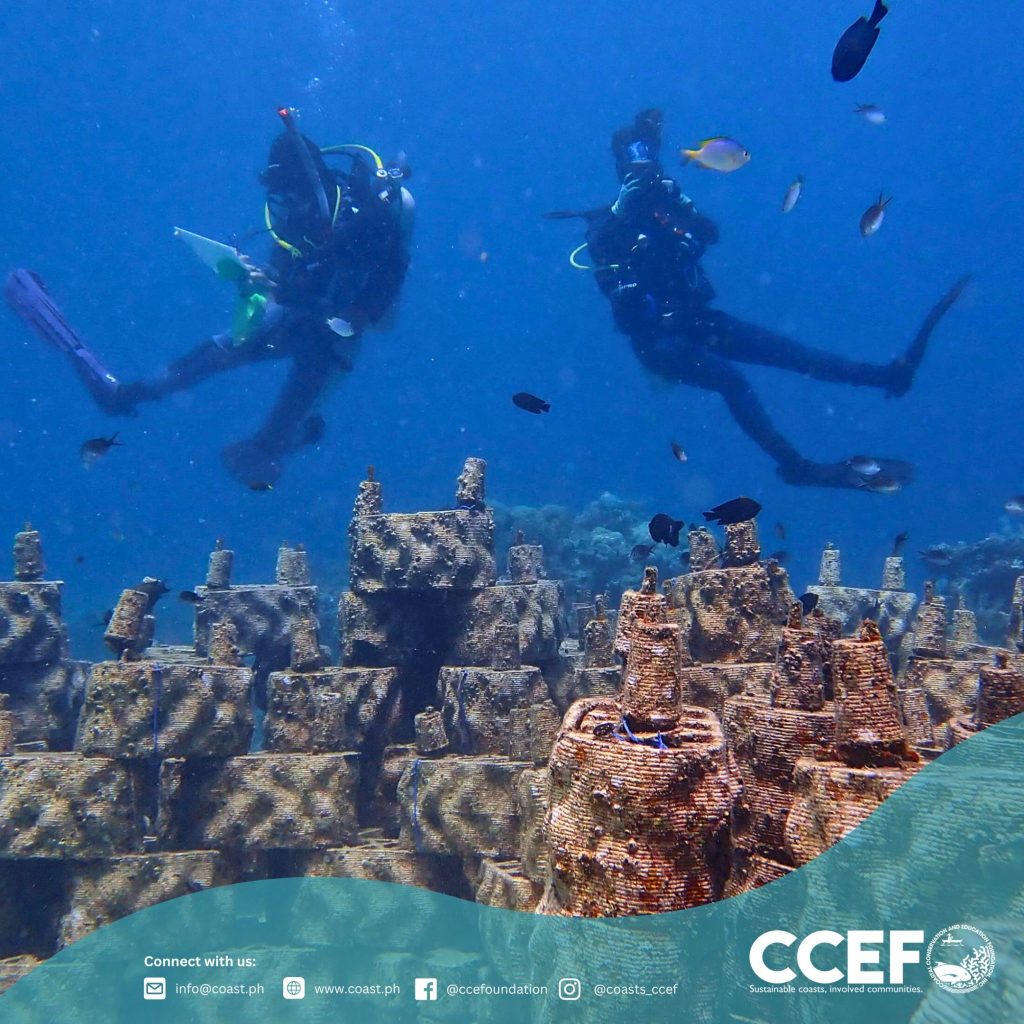
Preliminary results show promising ecological responses. An impressive 88.6% of coral recruits settled on the ACR bricks, with each occupied brick hosting an average of four to five recruits. Fish biomass at the site also increased, pointing to improved habitat function. Coral recruits were large enough to be visible during daylight dives, indicating strong growth and survivorship. The growing presence of juvenile fish, invertebrates, and corals highlights the ACR’s emerging role as a platform for reef regeneration and biodiversity enhancement within the Marine Protected Area.

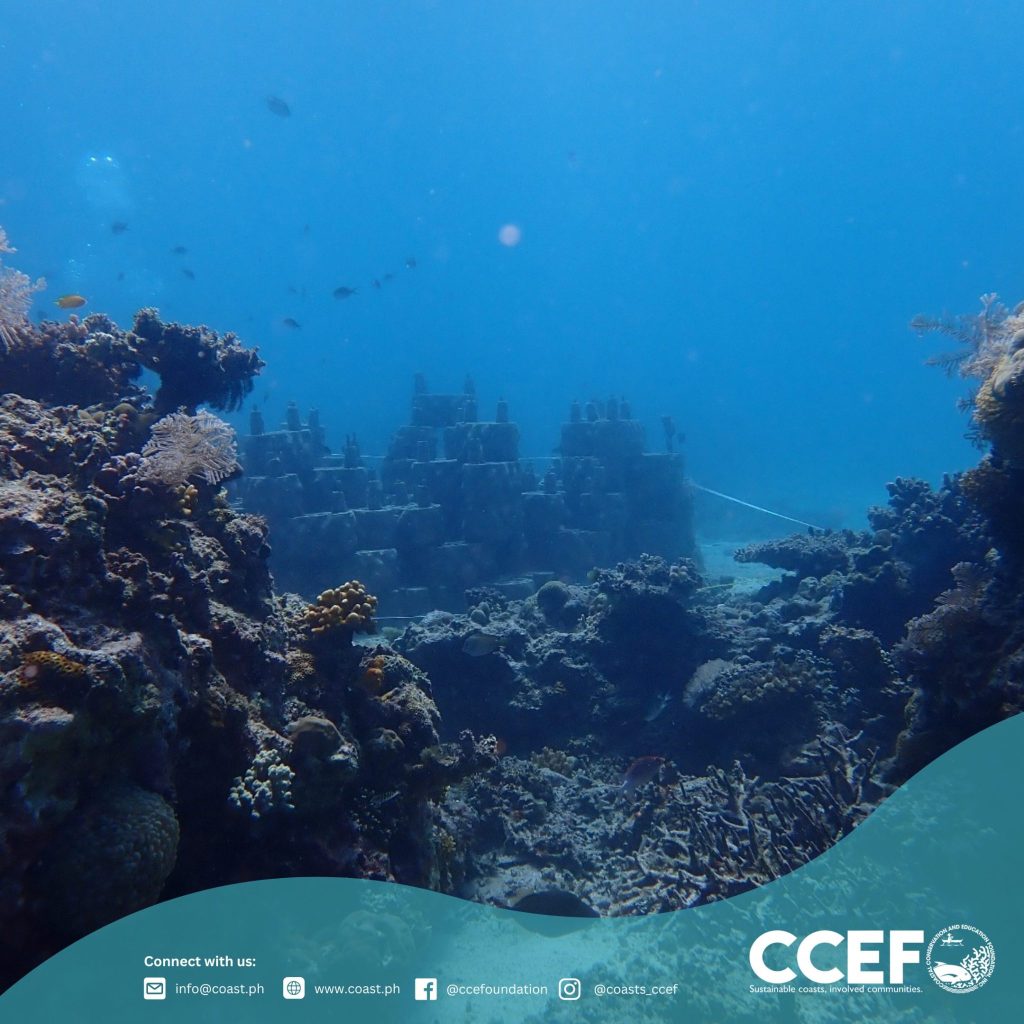

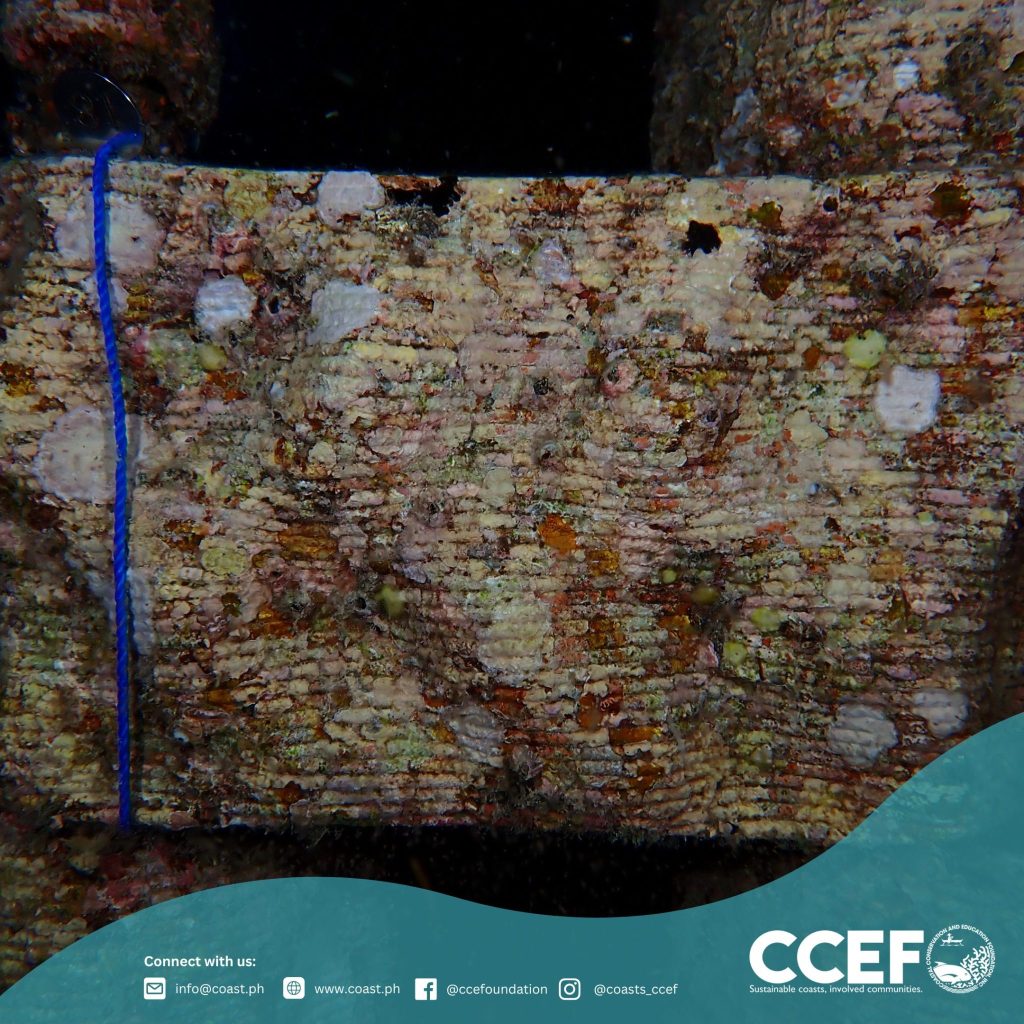

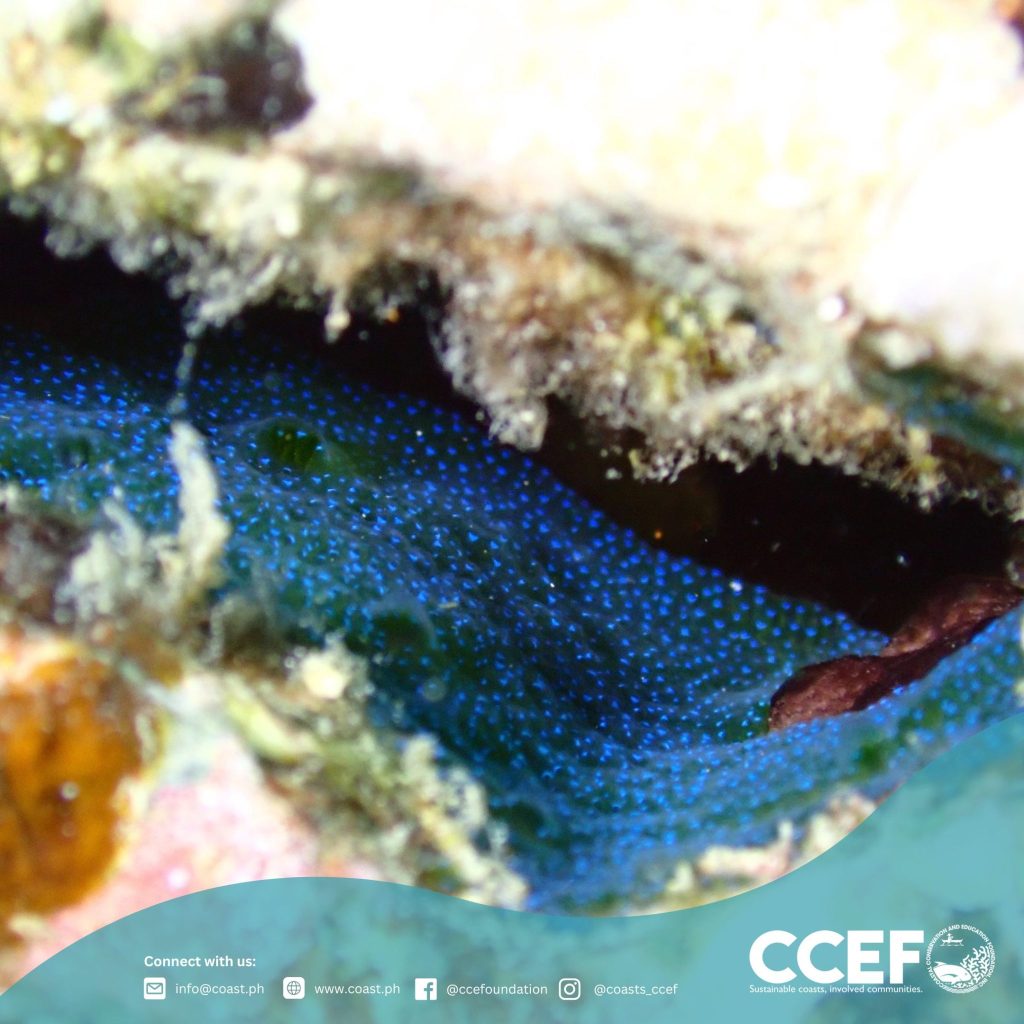
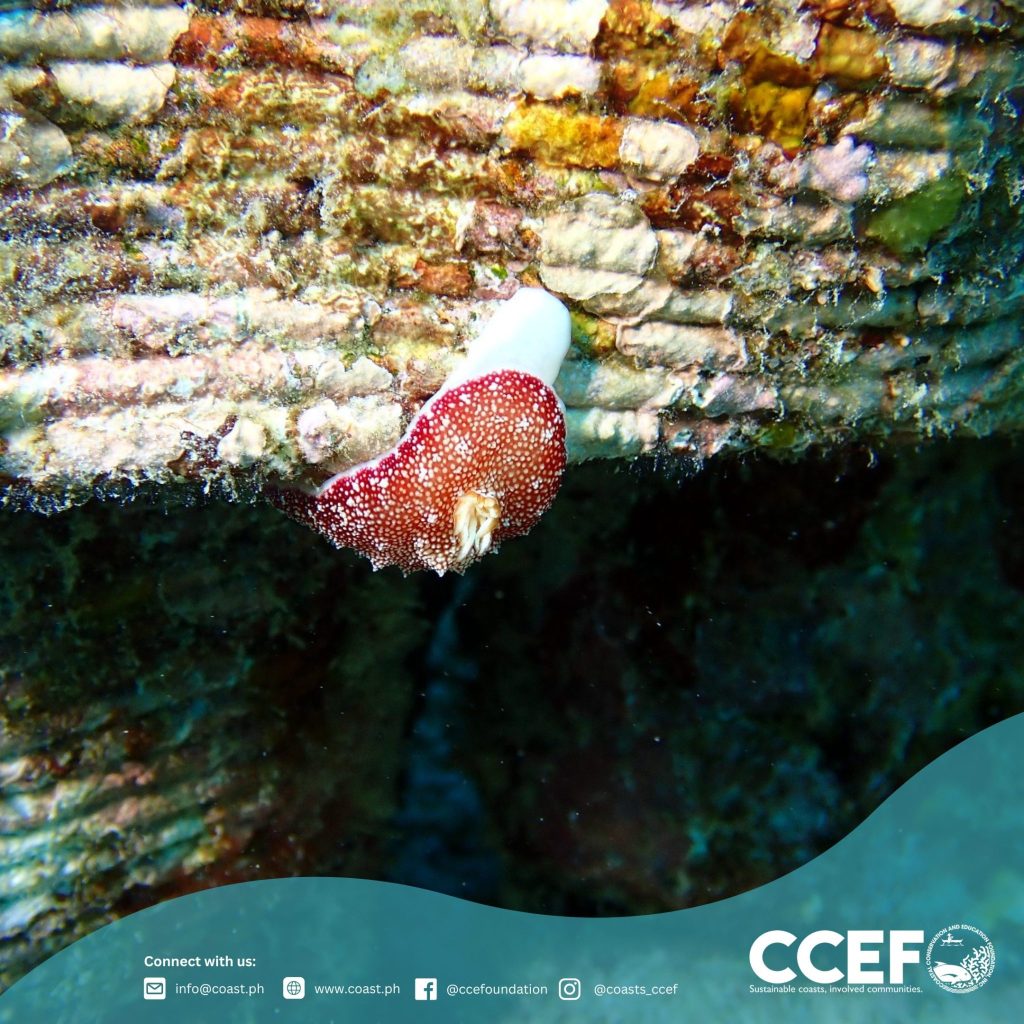
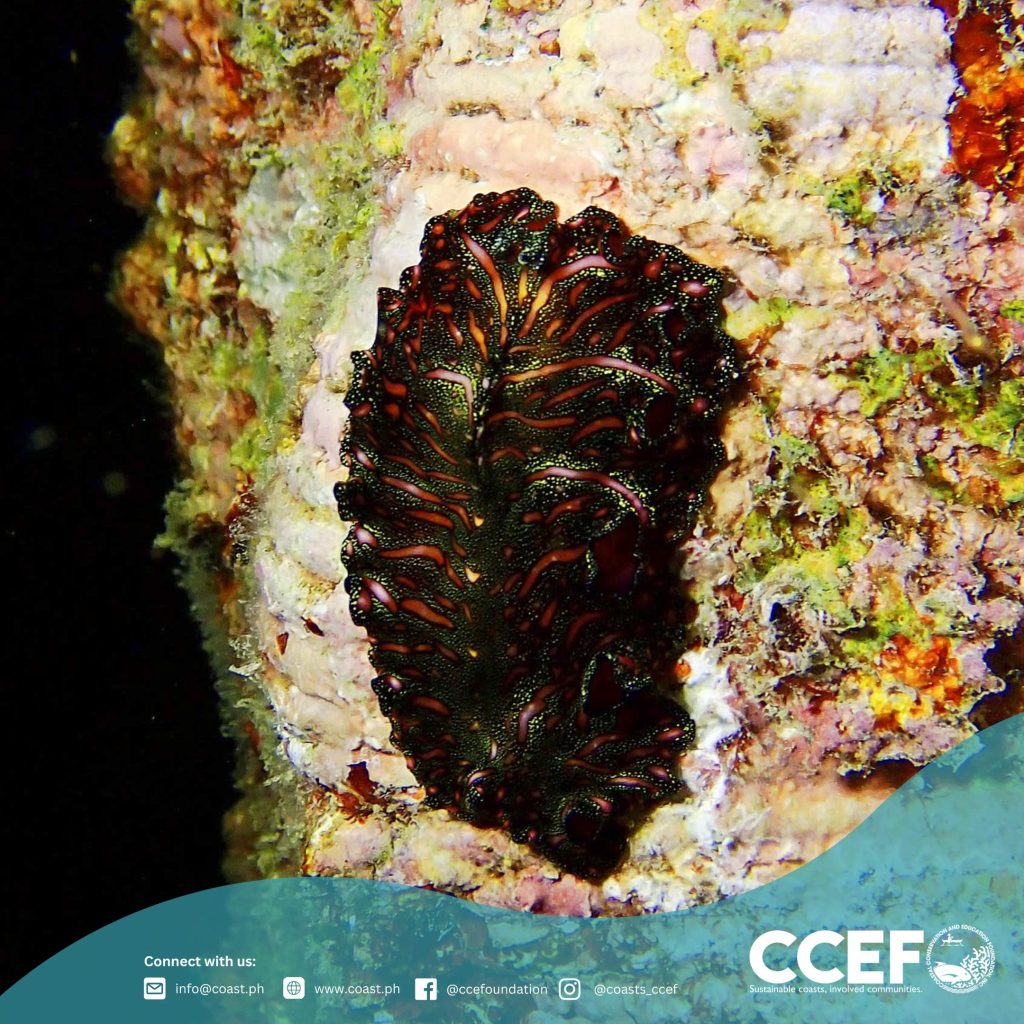
As the project advances, upcoming activities mark a crucial phase in assessing the long-term impact and sustainability of the Artificial Clay Reef (ACR) system in Minalulan MPA. Finalizing the pilot site report, conducting the 1-year monitoring, and securing necessary permits will deepen our understanding of how innovative approaches like the ACR can help build healthier, more resilient reefs. Stay tuned as we build on this momentum toward science-driven, community-rooted marine solutions.

